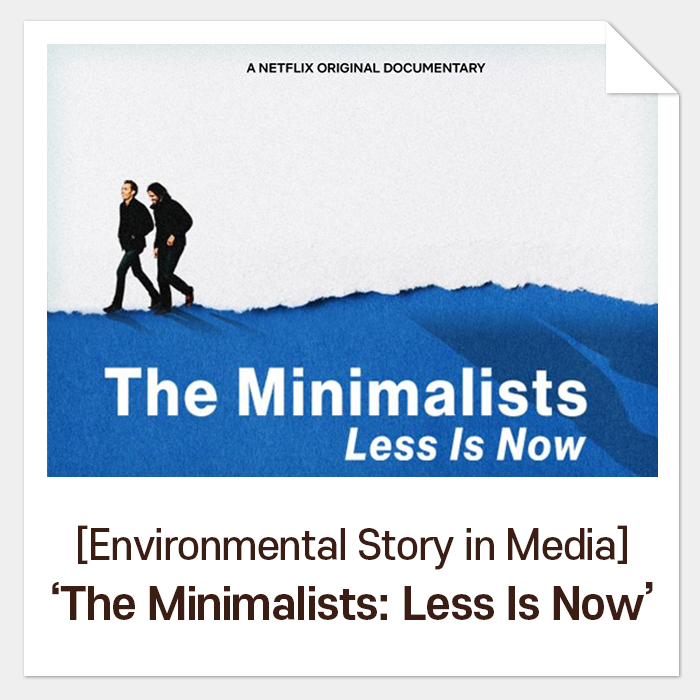Are ‘Biodegradable Products’ Really Biodegradable?
We can easily spot ‘biodegradable’ products anywhere these days. Due to the climate change and the pandemic resulted from the pollution, environment-friendly property of a product has influenced a customer’s purchase decision more than ever.
Generally, the word ‘biodegrade’ means that a material is degraded or decomposed by microbes such as molds or bacteria. Paper, woods, flowers, fruits, and fish shall be the most common examples as biodegradable materials. However, did you know that a plastic cup, a diaper, and even metal can be degradable, too? The only problem would be that it takes decades or even centuries to be so.
Although corrosion
by light, wind, or water is also a part of decomposition, today we will focus
on materials’ degradability occurred by temperature, oxygen, and microbes. First,
let’s find out what these two familiar, but confusing words, ‘biodegradable’
and ‘compostable’ exactly mean!
The Difference
Between Degradable and Compostable
As the environmental awareness is growing globally, many companies promote environmentally friendly management by using biodegradable or compostable packaging. However, the terminology of ‘biodegradable’ and ‘compostable’ are not clearly clarified in the market and it causes significant confusion to consumers.
These two words
have a distinctive difference; that is, not all the biodegradable products meet
necessary and sufficient conditions to be compostable while compostable
products are all biodegradable. In other words, being biodegradable does not necessarily
mean it is compostable.
Real composting
refers to a process that a material is disintegrated with organic materials and
becomes the fertile compost for the creatures to grow from. Therefore,
composting is a higher level of resource circulation than biodegradation and this
is why compostability or organic recyclability is considered to be a global
standard to determine environmentally friendly materials.
The Biodegradable
Conditions for Our Products
What kinds of biodegradability do our daily products have? It varies depending on the environment and conditions they are exposed to. The picture below will help us understand better.
Source: www.bio-based.eu <Biodegradable Polymer in Various
environments>
Then, what about
the products stated as ‘compostable’? There are two standards in terms of
composting, industrial compostable and home compostable. Unfortunately, there
are not many facilities for industrial compostable products to be treated that
it is difficult to consider them as an ideal option for resource circulation in
reality. The waste abandoned end up being degraded into microplastic,
destroying the ecosystem, and finally threatening our life.
The One We Should Protect and the Power That Makes It Happen
Humans is no different from birds in the wide sky, fish in the vast ocean, animals in the open field to the Earth. Unlike other creatures that learn how to coexist and take only what is absolutely needed, selfish and arrogant people always seek for more quantity in a more convenient way. Shouldn’t it be taken as the Earth’s last warning the global catastrophe we are experiencing lately? There are some people out there blinded by immediate interests and eager to look for ways to avoid regulation and restriction. Instead, it must be a time for us to work together and come up with solution for the nature with modesty.
A month ago, rePAPER achieved home compostable certificate for REPA COAT by DIN CERTCO. It was only possible because of rePAPER’s leading paper coating technology that allows food packaging to be degraded and composted just like paper under natural condition. As a mere member of the Earth, rePAPER promises that we will consistently devote on developing technology to recover the environmentally friendly properties of paper and give it functionality.









Comments
Post a Comment